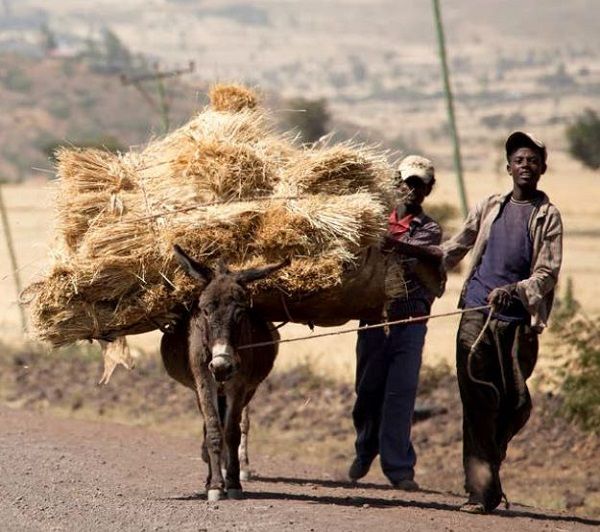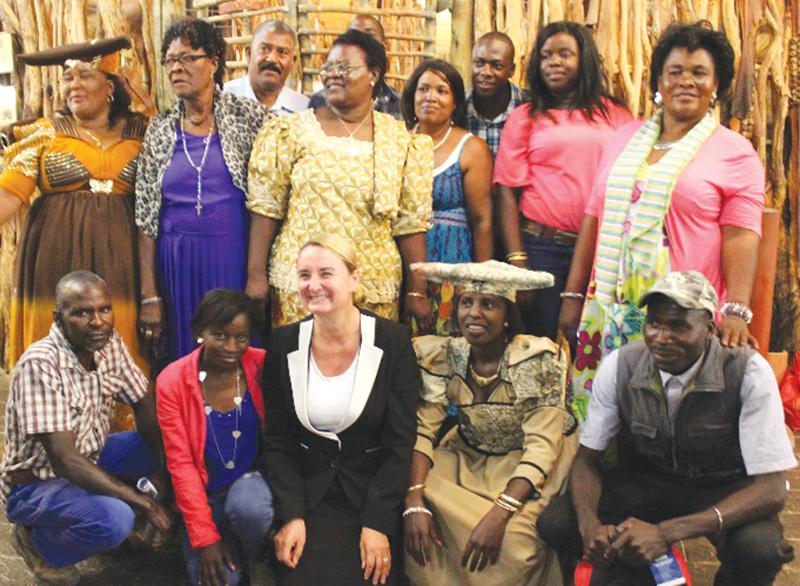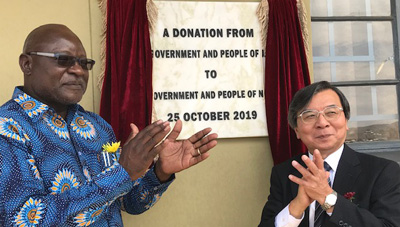
When rural communities lose their donkeys, hardship follows

If the proposed donkey abattoir in Outjo and a similar facility in Okahandja, are approved, the combined troughput of around 50,000 donkeys per year, can obliterate the entire domestic donkey population within three years.
These astounding projections came to light this week with new research from The Donkey Sanctuary in the United Kingdom indicating that the demand for donkey skins in China will drive the supply from the proposed local abattoirs and that this may remove the donkey as a working animal for rural communities, permanently from the Namibian traditional lifestyle.
Alex Mayers of The Donkey Sanctuary arrives in Windhoek next week to meet with members of the local SPCA. They will undertake an investigative trip to Okahandja and Outjo, accompanied by officials of the SPCA in South Africa and in Botswana.
Submissions closed on 31 August for a public consultation on a new donkey abattoir in Outjo that would aim to process 70 donkeys per day. In its submission summary, The Donkey Sanctuary “calls on Namibia to learn from the lessons from across Africa and the world.
“Namibia must urgently carry out a full, countrywide research process covering all elements raised in this letter before considering legitimising a trade that has been shown to be so devastating to people, animals and the environment,” said Dawn Vincent, the sanctuary’s Head of Communications.
“UN data (FAOSTAT) showed that Namibia’s donkey population was 159,028 in 2014. While this may not be completely accurate, harvesting as many as 70 donkeys per day for Outjo’s proposed abattoir, conservatively assuming 300 days of slaughter per year, means the donkey population could fall by 21,000 per year. With a second slaughterhouse under consideration in Okahandja with similar capacity (another 21,000 per year), the total number of donkeys passing through the abattoirs would be nearly one third of the current population every year.”
Mayers commented “If these abattoirs open for business, Namibia’s population of donkeys are at great risk. Every African country that has tried licencing a donkey abattoir has also been plagued with massive theft and/or sale for illegal and informal slaughter.”
“As a species, donkeys are slow to reproduce with pregnancy lasting around 12 months and foals taking several more years to mature. When all factors are taken into account, the donkey population in Namibia would likely disappear in three years.”
The Donkib Cultural Group, which represents donkey-dependent communities in Namibia has issued a powerful plea to halt the approval of the abattoirs. In a statement, Abner Axel Xoagub, Project Manager at Donkib said: “Donkeys play a very crucial role in the lives of the poor and the farmers in the rural areas. They are the only means of transport – they take children to the school, collect water, work the land, transport families to the towns and transport brides and grooms.”
“Without donkeys, the communities will be dormant, stagnant and poor… we are appealing to the Namibian government and all stakeholders to halt the abattoirs and any plans to export donkey products, until we have conducted proper studies and put in place all the needed legal instruments and control measures before embarking on the above” Xoagub stated.
“We have been with people whose donkeys were stolen, or forcibly sold to middlemen involved in [the] donkey meat trade. Imagine if the abattoir and export markets open – what kind of a situation are we going to have?”
Mayers will be addressing the Namibian Scientific Society in Windhoek on Tuesday 12 September 2017 on the impact of the donkey skin trade globally and on The Donkey Sanctuary’s efforts to ensure no animal or person suffers in the name of ejiao, the traditional Chinese medicine extracted from donkey skin.












































